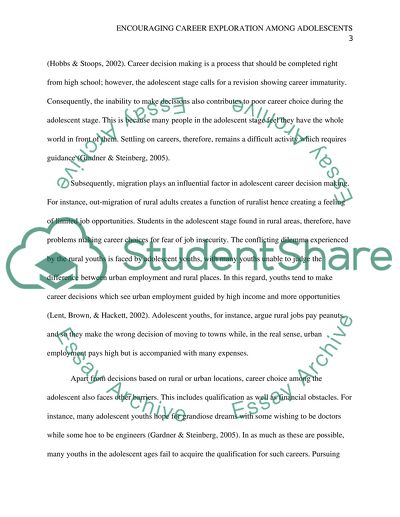Cite this document
(“Encouraging Career Exploration among Adolescents Essay”, n.d.)
Encouraging Career Exploration among Adolescents Essay. Retrieved from https://studentshare.org/education/1465698-encouraging-career-exploration-among-adolescents
Encouraging Career Exploration among Adolescents Essay. Retrieved from https://studentshare.org/education/1465698-encouraging-career-exploration-among-adolescents
(Encouraging Career Exploration Among Adolescents Essay)
Encouraging Career Exploration Among Adolescents Essay. https://studentshare.org/education/1465698-encouraging-career-exploration-among-adolescents.
Encouraging Career Exploration Among Adolescents Essay. https://studentshare.org/education/1465698-encouraging-career-exploration-among-adolescents.
“Encouraging Career Exploration Among Adolescents Essay”, n.d. https://studentshare.org/education/1465698-encouraging-career-exploration-among-adolescents.


